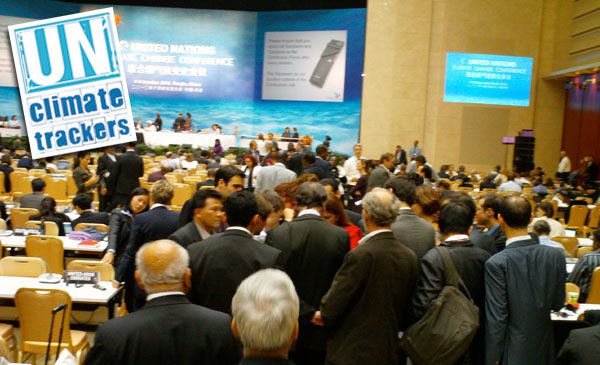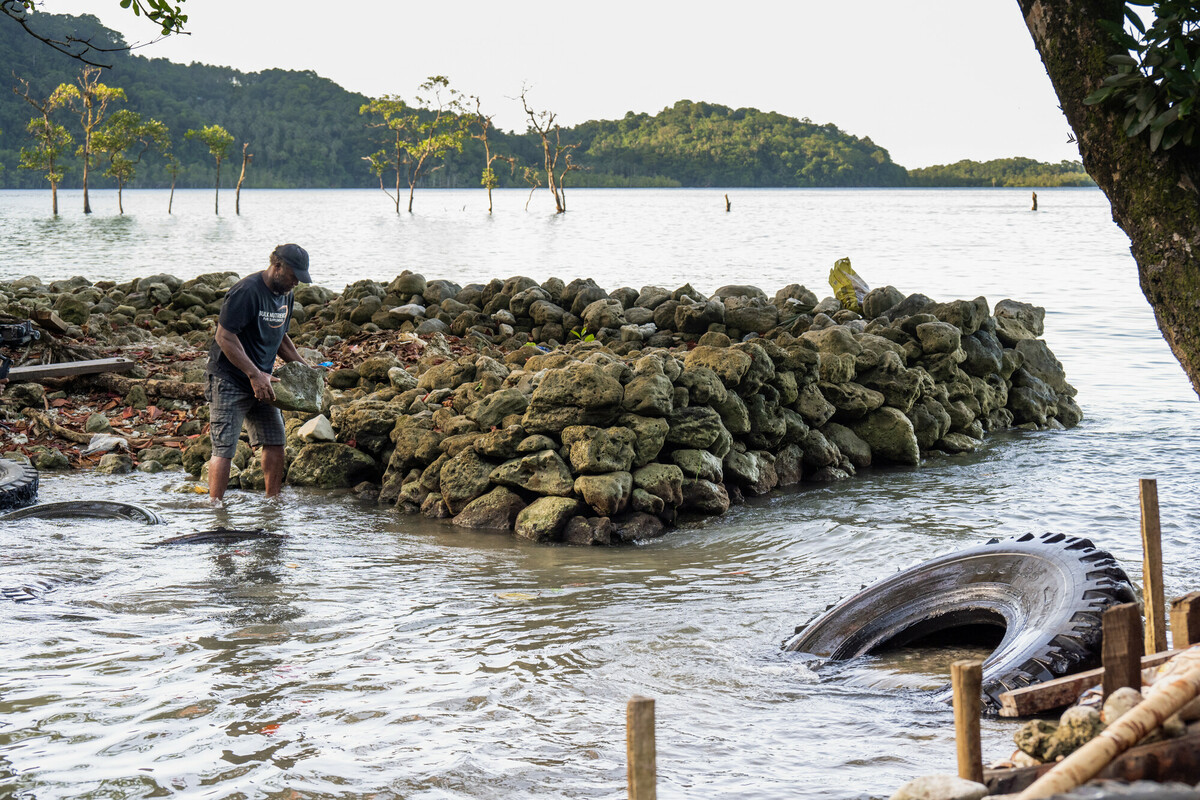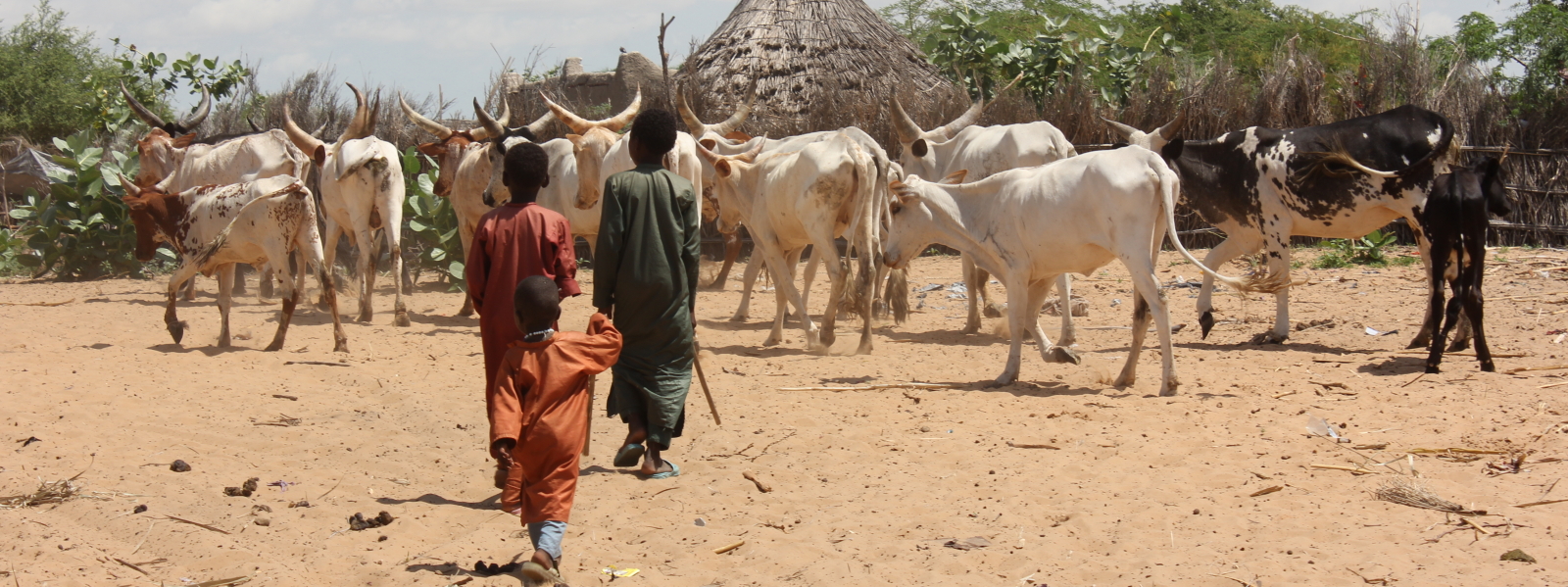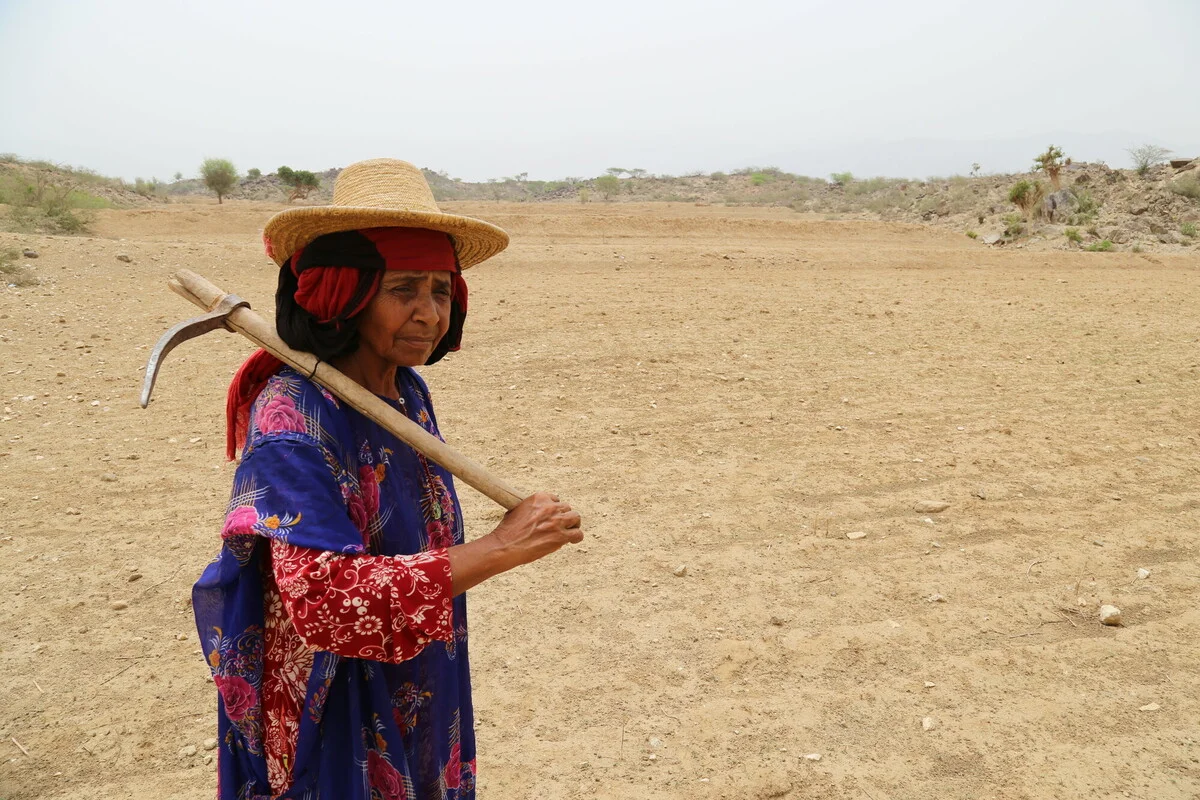The climate negotiations came to a close last week in China. This was the final meeting before the crucial conference in Cancun, Mexico. The closing plenary of the talks was not without drama. Delayed for over an hour head negotiators huddled around the hall desperately seeking common ground. Puzzled faces around the room were asking – is this Copenhagen all over again?
After several hours of frenzied delay country representatives took their seats and the conclusion began. In the end, progress at the China climate negotiations was mixed. There was good progress in some sections of the talks, however, other key components were stalled. A colleague commented to me “oh dear, it seems we’ve ended with a question mark”.
At this point, I think its important to note that there are actually two sets of negotiations going on at these meetings. The first set relates to the continuation of the Kyoto Protocol, which the U.S. has not ratified, and the second is about a new agreement that will involve the U.S and other large emitting economies, not subject to mitigation obligations under Kyoto.
In essence there are 2 negotiations as an effective agreement requires the involvement of the U.S. They have made it clear that they will not be a part of the Kyoto Protocol. And on the other end of the spectrum, developing countries will not abandon the Kyoto Protocol as they fear they will lose some key provisions (which they probably would). As arcane as all this sounds it represents a key dynamic at all these negotiations.
1. The Kyoto Protocol (the negotiation without the U.S.)
The first set of commitments under the Kyoto Protocol is set to expire in 2012. It requires a range of developed countries to reduce their greenhouse gas emissions (or in Australia’s case limit our increase) between 2008 and 2012. There is an urgent need to find consensus to establish a second ‘commitment period’ for after 2012, that continues the mitigation commitments of those countries that are party to the Protocol. This requires a decision at Cancun in December this year, or in South Africa next year at the very latest.
In China we saw good progress on the Kyoto Protocol. The key conflicts emerged around the rules of what can, and what cannot be included in greenhouse gas reduction targets. There are some sneaky proposals on the table that would allow countries like Australia to include reductions on projected increases in logging in our greenhouse gas reduction target. Don’t get me wrong, reducing logging would be an actual emission reduction, but increasing logging less that you thought you would, is not.
2. Long-term Cooperative Action (the negotiation with the U.S., China and other emerging economies)
This was the negotiation that caused most contention and is the one to watch out for in Cancun. Whilst there was some progress in some of the details of a potential future agreement, several key conflicts rose to the surface.
Developed countries, like Australia and the U.S., want major developing economies, like China and India, to ‘graduate’ and be counted as developed countries in the future. This ongoing tension seems glaringly obvious to onlookers, but the ‘politeness’ of the negotiations allows these issues to be skirted around. That is, until the closing stocktaking plenary.
And this is when ordered chaos broke out. Some countries had tried to increase the status of these contentious proposals. As countries in the room realised that they could not agree on this, the opening was delayed and the ‘real’ negotiation began. After and hour or so, compromises were reached and the proposals were not included. Once again, significant progress was delayed.
Despite the anticlimax, it is positive (in a relative kind of way) that these tensions are rising to the surface before Cancun. In Copenhagen many of these key issues didn’t really come to the fore until the final few days.
Back at home…
The more I follow these negotiations, the more I become aware of how our domestic situation impacts our standing at the negotiations. People know we have not placed a price on carbon pollution and that, until we do, Australia will struggle to meet even moderate targets.
It is encouraging to see momentum in Australia towards a price on carbon pollution. A recent report by The Climate Institute demonstrates that we are lagging internationally. For example, they argue that the UK’s price on carbon pollution is 17 times higher Australia’s, and in China it is more than eight times greater.
There is no doubt that good legislation on a carbon price in Australia will improve our standing at the international climate negotiations. It will improve our standing as a constructive player and contribute to a much needed global outcome.
There are still five more weeks before Cancun begins. A lot could happen internationally during this time. Countries will be positioning themselves and establishing their negotiating positions. Governments, not least our own, need to be watched carefully during this time and firmly encouraged to show ambitious leadership.
First published on Crikey Blogs



